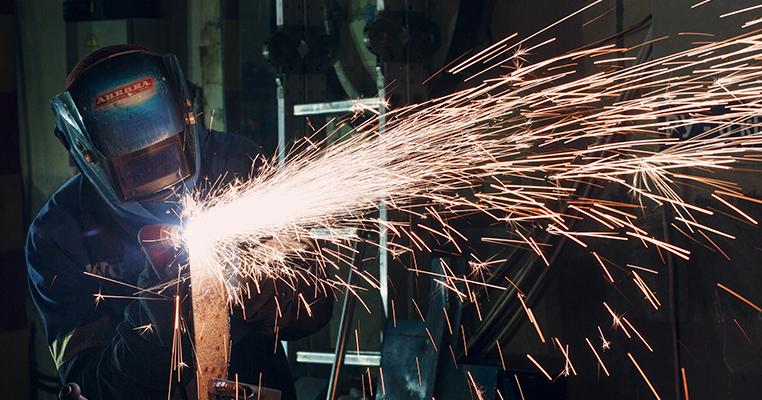Things like welding and plasma cutting are powerful processes using an electric arc to melt through metal quickly and precisely. This process is, naturally, noisy. Electric arcs create noise, a compressor makes noise, and the environments where cutting is often done can exacerbate that noise.
It doesn’t take much exposure to high noise levels to damage hearing, both temporarily and permanently.
So, how loud are welding and plasma cutting machines, and what can you do to minimize the noise they produce and protect yourself from what remains?
Setting the Bar: What is Acceptable Noise?
According to some perspectives, any amount of noise can be too much. This largely depends on frequency, proximity, and other factors and can even come down to personal sensitivity. However, personal and variable limits aren’t helpful.
From a purely physical standpoint, loud noises and longer, sustained noises can cause damage to hearing.
It’s a physical reaction to noise.
“Noise can damage hair cells, membranes, nerves, or other parts of your ear. This can cause temporary or permanent hearing loss. Learn how this happens so that you can prevent hearing loss.” – CDC.gov
Unfortunately, the cells that provide for hearing do not regrow and cannot be repaired; once they’re damaged, they’re damaged. Some of these cells will die naturally, but stress from loud noises can damage them more rapidly, leading to faster hearing loss over time.

Some hearing loss is temporary and has more to do with your physical and mental adjustments to account for existing in a loud environment. Other times, hearing loss is permanent.
How much noise is necessary to damage hearing? First, it’s important to understand how noise is measured.
Understanding Decibels
Sound is measured in decibels. Decibels is a logarithmic scale, meaning the jump from 10 to 20 decibels is a fraction of the jump from 50 to 60 decibels.
Consider:
- 0 dB is the softest sound that can be detected by ear by someone with perfect hearing.
- 20 dB is roughly the sound of a watch ticking away; very soft but audible if you listen close in a quiet room.
- 40 dB is the sound of an appliance like a refrigerator running in normal operation.
- 60 dB is the sound of normal conversation without raised voices.
- 80 dB is around the level of sound you get dealing with city traffic while in a car of your own.
- 85 dB is the sound of a leaf blower; annoying and potentially damaging.
- 100 dB is the average noise level of a popular sporting event crowd while you’re in it.
- 120 dB is what you would get standing next to a fire truck or police vehicle with the sirens on.
- 140-150 dB is the sharp report of a firecracker exploding.
As you can see, the difference between 0 and 40 is much smaller than the difference between 40 and 80.

This is why it might seem strange that a dB of 60 is fine, but a dB of 80 can damage your hearing.
Safety is a matter of several factors; the level of noise, the duration of the exposure, and even the nature of the noise.
“OSHA’s permissible exposure limit (PEL) is 90 dBA for all workers for an 8-hour day. The OSHA standard uses a five dBA exchange rate. … the National Institute for Occupational Safety and Health or NIOSH, which is the United States federal agency responsible for conducting research and making recommendations for the prevention of work-related injury and illness, would recommend limiting the 8-hour exposure to less than 85 dBA. At 100 dBA, NIOSH recommends less than 15 minutes of exposure per day.” – OSHA.
Hearing protection is important for a reason, after all, and there are even regulations in place to enforce decibel limits.
Noise Regulations in Industrial Settings
Noise exposure in the workplace is more than just a nuisance; it’s a serious health and safety issue. Governments and organizations around the world have recognized this and implemented a range of regulations and guidelines to protect workers from excessive noise. In the United States, the Occupational Safety and Health Administration (OSHA) has set legal limits on noise exposure in the workplace.
The limit is 90 decibels for all workers for an 8-hour day, although the National Institute for Occupational Safety and Health (NIOSH) recommends reducing this to 85 decibels.
It’s important to understand that these limits are not just straight decibel levels. They are based on an ‘exchange rate’ or ‘time-intensity trade-off.’ This means that for every increase in noise level by 5 decibels, the allowed exposure time is cut in half. So, while 90 decibels may be permissible for 8 hours, exposure to 95 decibels should be limited to 4 hours, 100 decibels to 2 hours, and so on.
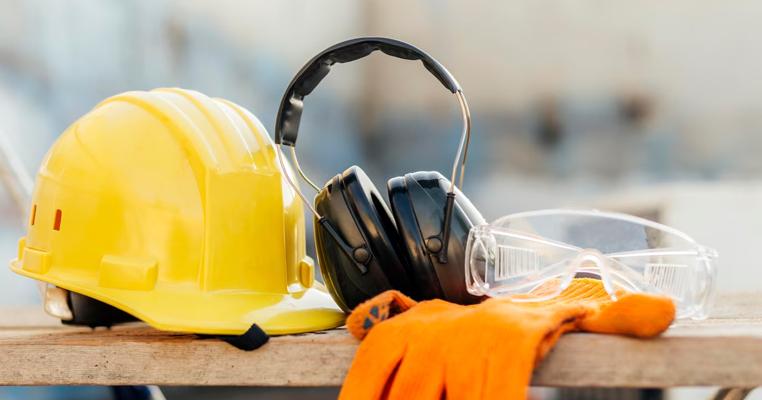
Moreover, the regulations stipulate that employers are required to provide hearing protection if workers are exposed to average noise levels over 85 decibels during an 8-hour workday (OSHA) or if peak noise levels exceed 140 decibels at any time (NIOSH). Employers are also required to conduct regular noise surveys to assess risk and implement noise control measures wherever necessary.
In many countries, these regulations are enforced by local health and safety authorities, and failure to comply can result in fines and other penalties. Moreover, employers could also be held liable for any hearing loss suffered by their employees due to inadequate noise control measures in the workplace.
Importantly, these regulations should be seen as a baseline. The most effective workplace noise strategies go beyond the minimum requirements, actively seeking ways to reduce noise exposure through a combination of engineering controls (e.g., noise-reducing technology, equipment maintenance, proper machinery installation), administrative controls (e.g., rotating staff to limit individual noise exposure, noise awareness training), and personal protective equipment.
It’s also crucial to consider that regulations may differ depending on the country and the specific industry. Therefore, it’s always advisable for businesses to familiarize themselves with the local regulations and industry best practices to ensure they provide a safe working environment for their employees.
A Note: dB vs. dBA
You may have noticed two measures above; dB and dBA. These are actually different.
The basic decibel dB rating is an unweighted measure of the pressure sound puts on the environment.
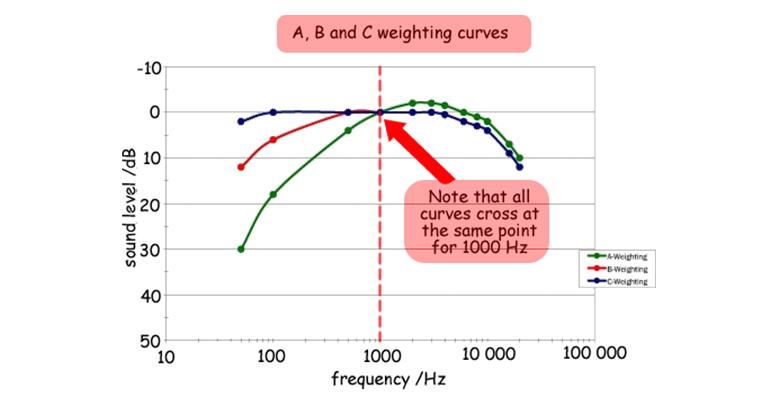
It’s an “objective” measure, but that comes with drawbacks because, as mentioned above, the sheer noise of the sound is not the only factor for hearing damage. dBA is a weighted and adjusted version of decibels that more appropriately reflects how the human ear detects and reacts to sounds.
“For example, a 100 dB level at 100 Hz will be perceived to have a loudness equal to only 80 dB at 1000 Hz.” – IAC Acoustics.
Very loud bass with a low hertz level isn’t as damaging to the ear, in part because more of it is pure vibration. Conversely, a loud sound with a high frequency can be even more damaging until it reaches the point where it’s no longer even detectable.
Most measures will use dBA in a workplace setting to more accurately reflect the hazards. However, as many people don’t know the difference, many numbers found online may be inappropriately labeled. Either way, ear protection is required to protect yourself from the noise generated by welding, cutting, and other shop operations.
How Loud Are These Machines?
So, back to welding and plasma cutting.
How loud is the sound generated by this process?

Welding and plasma-cutting procedures generate significant noise levels, typically between 85 to 110 decibels (dBA) and 90 to 120 dBA, respectively. These levels may fluctuate based on factors like the technique, materials, and equipment quality.
Air compressors, often used in these operations, operate between 40 and 90 dBA, while angle grinding hard metal produces sounds up to 105 dBA. These figures highlight the noisy nature of metal fabrication tasks.
Despite the variability, it’s crucial to understand that even quieter operations can be harmful to hearing over time. Wearing appropriate protection, such as earmuffs or earplugs, is essential when conducting or being around these activities to ensure safety and effectiveness in these loud work environments.
How to Reduce the Noise of Welding and Cutting
Reducing noise and potential hearing damage is a matter of two aspects: reduction of the noise generated by the process and protecting the operator from the noise generated by the process. Thus, we’ve broken our tips into these two categories to make better sense of noise levels and usage.
1. Reducing Noise Generated
The first and often best method of reducing the noise generated by your machine is to attack the problem at its source. There are a lot of ways you can change the way your machine operates to reduce noise, or reduce noise exposure, both of which can be important.
Unfortunately, the drawback to all of these methods is the expense. It’s rarely as simple as adjusting a setting on the machine you’re using; instead, it requires investment in newer machines, additional tools, or entire fabrication systems, if possible. This can be quite costly.
Get more modern equipment. The cheaper and older the machine, the more likely it is to be extremely loud.
There are several reasons for this.
Older machines tend to have worse designs, and many modern design innovations have served to reduce turbulence and noise throughout the cutting process.
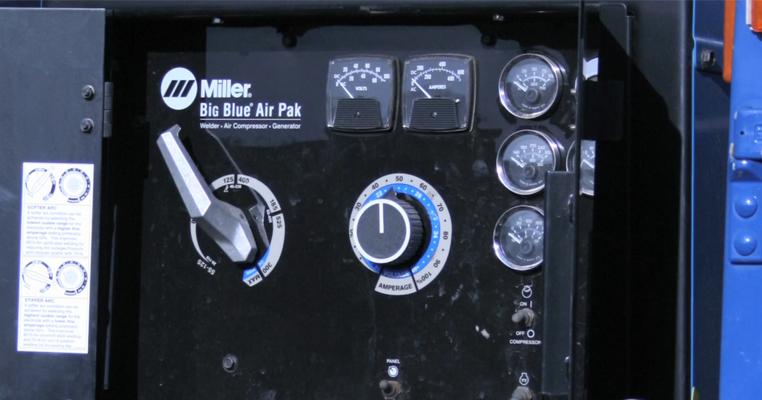
Similarly, cheaper machines have less attention paid to sound dampening and design since that design is expensive; thus, cheaper machines tend to be louder. Investing in newer, more modern machines will help significantly, though it will never make them safe to perform without ear protection.
If you’re not sure what a new machine can do and don’t want to foot the bill to buy one outright, a good option is a rental. Our welding equipment rentals include everything from automated systems to plasma cutters, so there’s likely to be a machine you can rent that will show you what a newer design can do. Once you’ve experienced the difference, you won’t want to go back; in which case, you can buy our used equipment as well.
Consider a water table. Water tables are just what they sound like; surfaces you can use as your cutting surface, which are submerged in water. Because of how welding and plasma cutting works, it can be performed underwater.
Being submerged helps with many of the problems with welding and plasma cutting, including dust, fumes, heat, arc flash, and of course, the noise it generates.
Water tables are more expensive than simple workspaces or backdraft tables meant to deal with fumes but not noise. However, once set up, they’re easy to operate and can have enough unique benefits that many shops can benefit from using them. You can read more about how water tables work here.
Cut inside an insulated box. A cheaper alternative to a water table is an enclosed box. These welding surfaces are generally enclosed in sound-dampening materials. The operator reaches through arms to use the machine while the box is enclosed and captures fumes, dust, and noise in the process.
These tend to be cheaper than water tables but are less effective and less convenient for many reasons.
They can also only ever do so much.
They aren’t particularly common these days, especially because the hassle of using them means they’re often left ignored.
Use an isolated, computerized cutter. The best option, if you can swing it, is to use a CNC machine with welding or cutting capabilities. These machines are computer-controlled and allow for very precise, accurate, and fast cuts. The operator simply loads the materials to be cut into the machine, aligns them properly, and presses a button to start the operation. The machine itself may or may not use water to dampen sound and will generally have ventilation included.
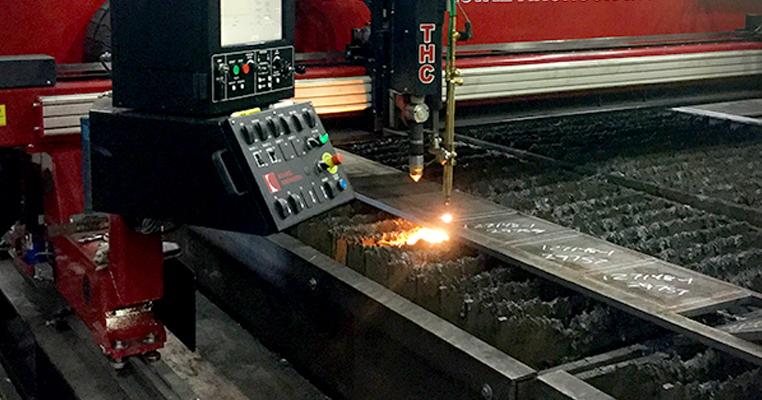
The primary benefit is the ability to program the machine for an operation, set the materials, and let the machine handle the heavy lifting. Noise is only a problem when you’re exposed to it; keeping the machine in a sound-dampened room that the operator can exit will eliminate their exposure.
The downside to this option is the cost. Larger welding or cutting machines can be tens of thousands of dollars, if not more. They also take up a lot of space, and the skills required to operate them are different from the skills required to operate a handheld system. Additionally, they are great for jobs where repeated cutting with precision is necessary but inefficient and unnecessary for jobs where cutting isn’t repeated regularly.
2. Protecting Operators
The other side of the coin is direct protection for the operators and people in proximity to welding or cutting. The benefit here is the expense; ear protection is generally both very cheap and extremely effective. However, since it also places the burden on the personal responsibility of the operators, it has more opportunities to go wrong. That said, noise protection should be part of any welding or cutting operator’s PPE package regardless.
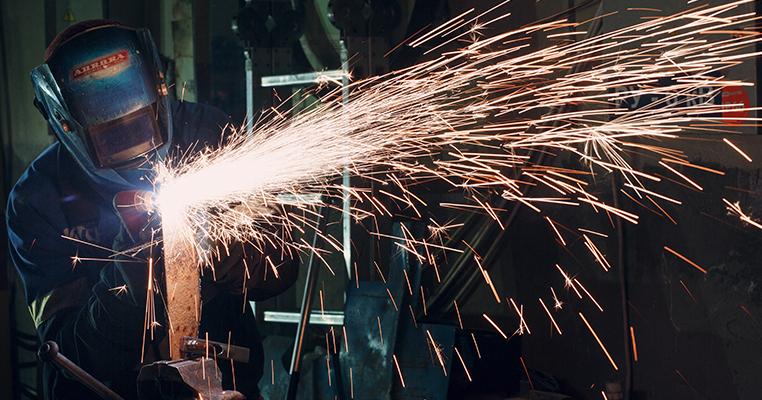
Ear protection is your best option. Generally, simple ear plugs are not quite enough; loud enough noises and higher frequencies can often pierce these plugs. Earmuffs used instead or alongside earplugs provide the best protection.
Expensive ear protection can include radios for communication without disruption. Some can even include active noise-canceling technology, though this is generally not necessary for something like welding or plasma cutting. Mostly, though, passive sound dampeners are all you really need.
You can also use lower amperage whenever possible. The higher the amperage of the current used in welding or cutting, the noisier it will be.
Often, you might not need quite as high an amperage as you think you do when cutting some materials; use the lowest amperage you can and still get a solid, clean cut.
Putting all of this together can create a very robust shop with both personal and institutional protection in place. While you can never fully protect everyone from all noise, you can do everything in your power to reduce noise to acceptable, safe levels.
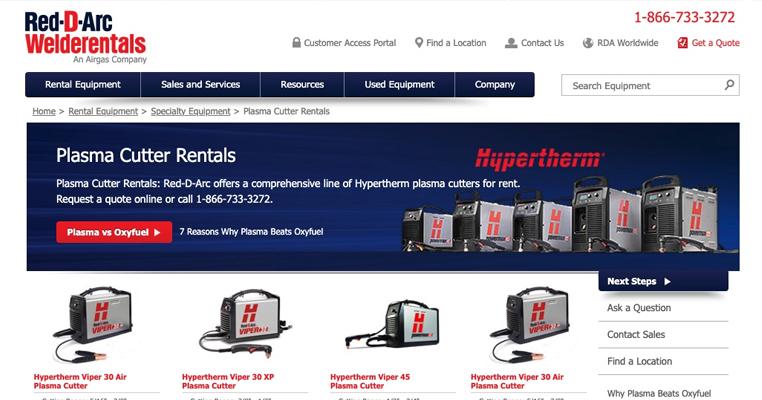
If you’re interested in checking out rental equipment, whether it’s new welding machines, plasma cutters, air compressors, welding systems, or automation, look no further. Our welding equipment and accessories are available for rent and are a sure avenue to improved safety as well as operation enhancement. If you have any questions, as well, feel free to drop us a line.






